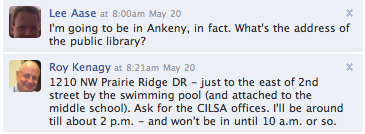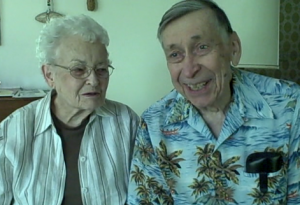Some Tweeters have taken issue with a slide I typically include in most of my presentations. It says:
Total cost for Mayo Clinic YouTube, Facebook and Twitter:
$0.00
They protest that it’s inaccurate, maybe even misleading to say “total cost” and that it should instead say “Barrier to Entry” or “Cost to Start.” “What about the staff needed to run these sites?” they ask.
I will grant that these platforms don’t automatically maintain themselves, but I’m not changing the wording or conceding the point. I believe that in the way most people would have understood the phrase for at least the last century, these tools are FREE.
And this little video explains why:
- YouTube is a FREE television station that lets you broadcast to the world.
- A Facebook “fan” page is (at least) a FREE multimedia “white pages” listing for your business.
- Twitter is a FREE incoming/outgoing communication channel, like the toll-free phone service discussed above.
But unlike the fictional AT&T and Pitney Bowes examples I described in the video, these are 100 percent real, bona fide offers. They are better ways for your existing staff to communicate, with each other or with your customers or other key constituents.
So ask not how you’re going to afford to hire staff to use these tools. Ask how these powerful tools can make your staff more productive!
For answers, look in the advanced courses in the Facebook, Twitter and Blogging curriculum listings.



